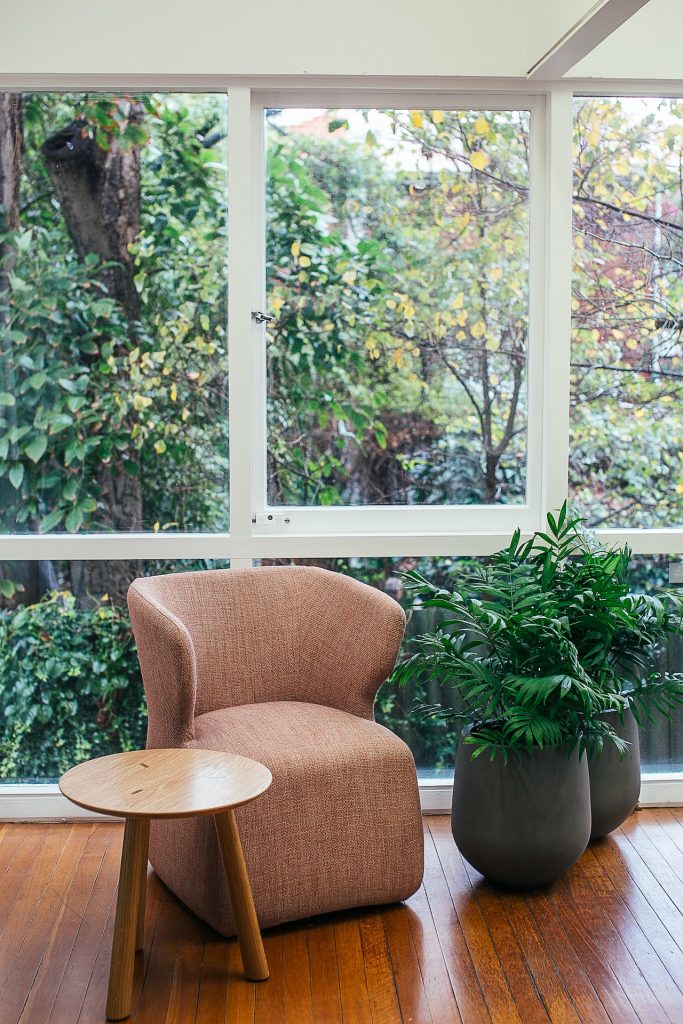What is a ‘wellbeing interior’?
Since the pandemic, we have all learnt the importance which our wellbeing plays in our lives. We have also put emphasis on valuing, cherishing and enjoying our homes in which we spend so much of our time! Many people have revamped their homes during this period but we are no longer wanting just somewhere we sleep, eat, entertain etc! We would all like our habitat to be a place of solace, comfort and contentment which is how we should feel when we are truly happy in our home environment.
Therefore, in recent times, both interior designers and scientists have done a lot of research into the factors of how our homes can enhance our wellbeing; not only by making our homes look beautiful but by combining the thinking and philosophies behind biophillic design, colour psychology, human biology to name a few, to inspire thoughtful design decisions which support the overall health and wellbeing of a person’s mind, body and soul.
The intended benefits of a wellbeing interior include improved cognitive functions such as concentration, productivity and creativity plus an enriched mood and reduced anxiety! These well designed homes aim to promote harmony and balance for the people who live in it; helping to calm the mind, benefit from positive emotions and also embracing the occupants personality.
I think we could all do with some wellness in our lives so why not incorporate it into the place you spend the most time?
Below are our five key points which will help you create your very own wellbeing interior…..
Choosing sustainable materials…..
Holistic design is built on a thoughtful and respectful approach to materials. Choosing to avoid the use of all synthetic materials in favour of natural linens, leathers, jute, wool, wood, bamboo and cork for example, will help to create a harmonious palette of textures, colours and patterns. Many of these materials also evoke a strong connection with nature and the earth.
As a bonus, if we choose to use bio-based or recycled materials it ensures we have minimal environmental impact!
Also, creating a multi-sensory experience using sound, scent, texture and colour all adds to a setting which can be especially powerful in wellness terms as they provide an immersive experience by allowing us to engage all our senses!
Use colours which create a restorative space: think soft, earthy tones that are grounded and which are visible colours within nature; these will be your most effective choices.
However, in colour psychology, all colours evoke emotions; green’s tie into nature, blue’s are calming, yellow’s symbolise happiness & white’s promote calmness; just remember to always keep hue’s muted and soft in this instance.
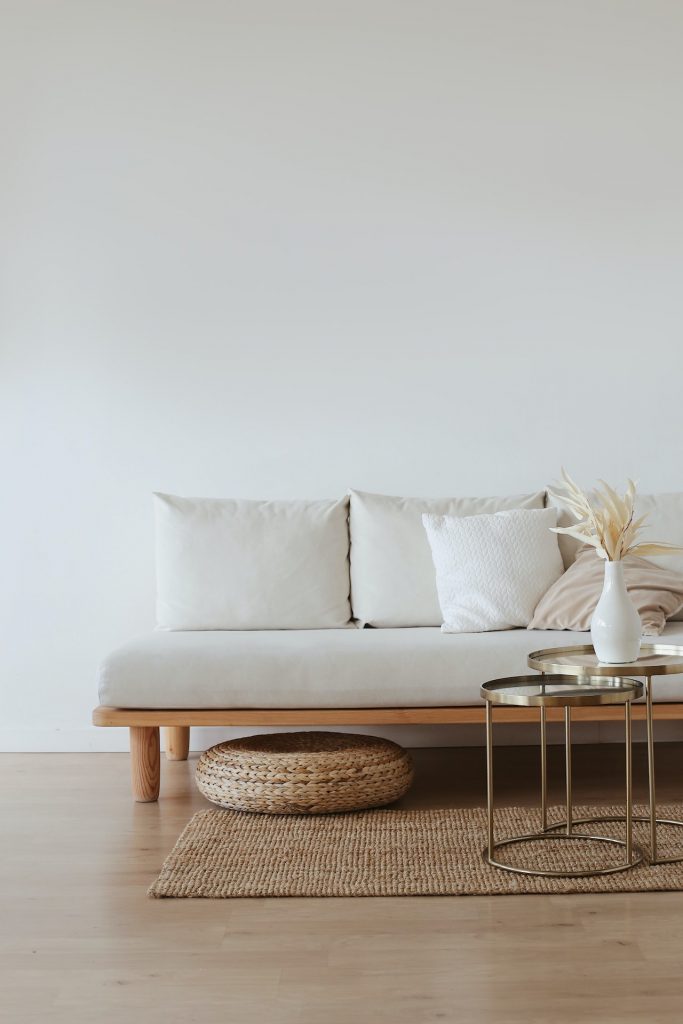
Natural light…..
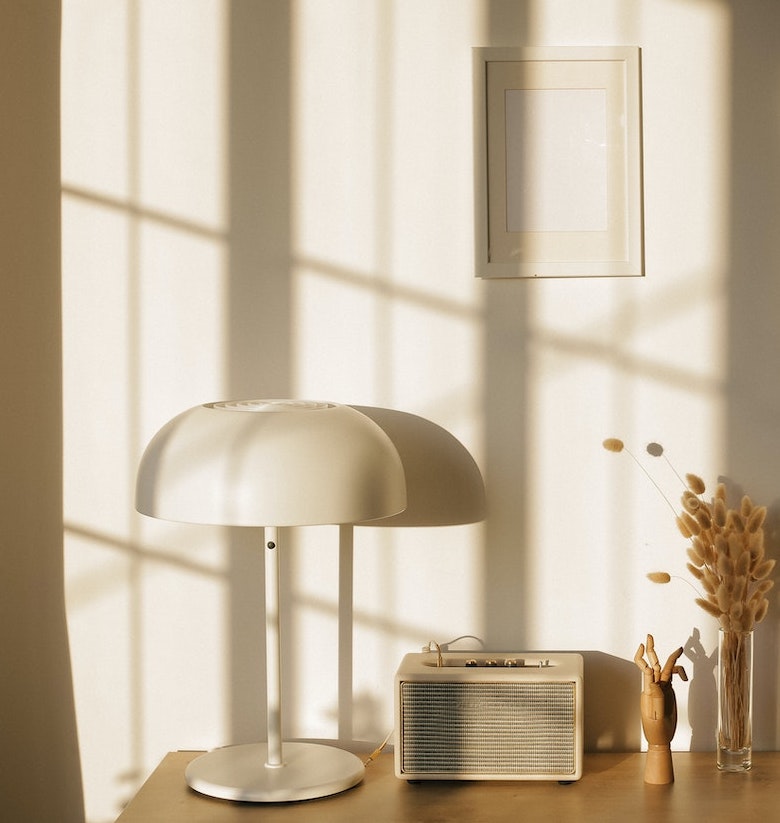
Natural light is an essential building block for good health. We require constant moderate levels of Vitamin D to boost our overall mood and energy levels.
Whilst maximising natural light in our homes is largely the architect’s role however for those with existing homes, we can help in a number of ways.
Choose window treatments which allow light to spill through and also by choosing colours and materials to bounce light around a space.
Pay attention to your furniture layout, ensure you aren’t blocking windows/doors with furniture.
If you don’t have many windows at home, gadgets such as sunrise clocks mimic the natural cycle of the sun rising and have proven to significantly help to wake our bodies and minds naturally.
Good air quality…..
Good quality air in our homes is helpful in several ways. Going back to material choices; by using natural materials we can also ensure there are no chemicals or toxins on furnishings/textiles which we come into close contact with.
Having air purifying plants dotted around the home such as the ‘Peace Lily’, ‘Aloe Vera’, ‘Spider Plant’ & the ‘Boston Fern’ can help to remove toxins from the air whilst looking appealing and bringing nature indoors.
Finally, good ventilation is always helpful. Opening windows and allowing air into your rooms helps to freshen up the spaces, moving air around the home and removing stagnant air at the same time!
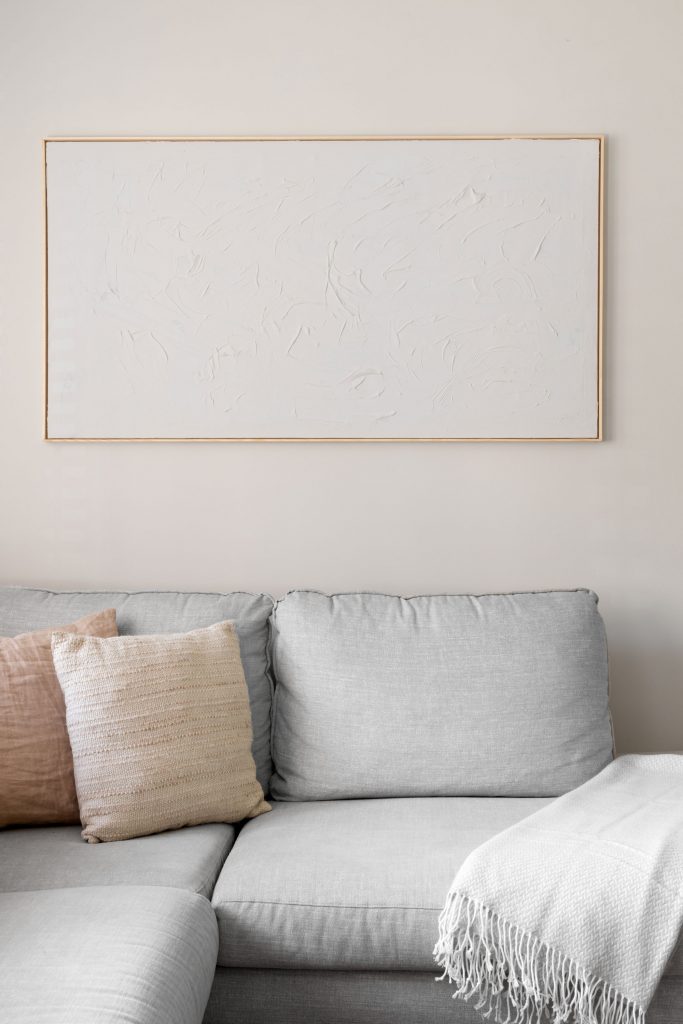
Photography @jamie_thompson_photography
Biophilia…..
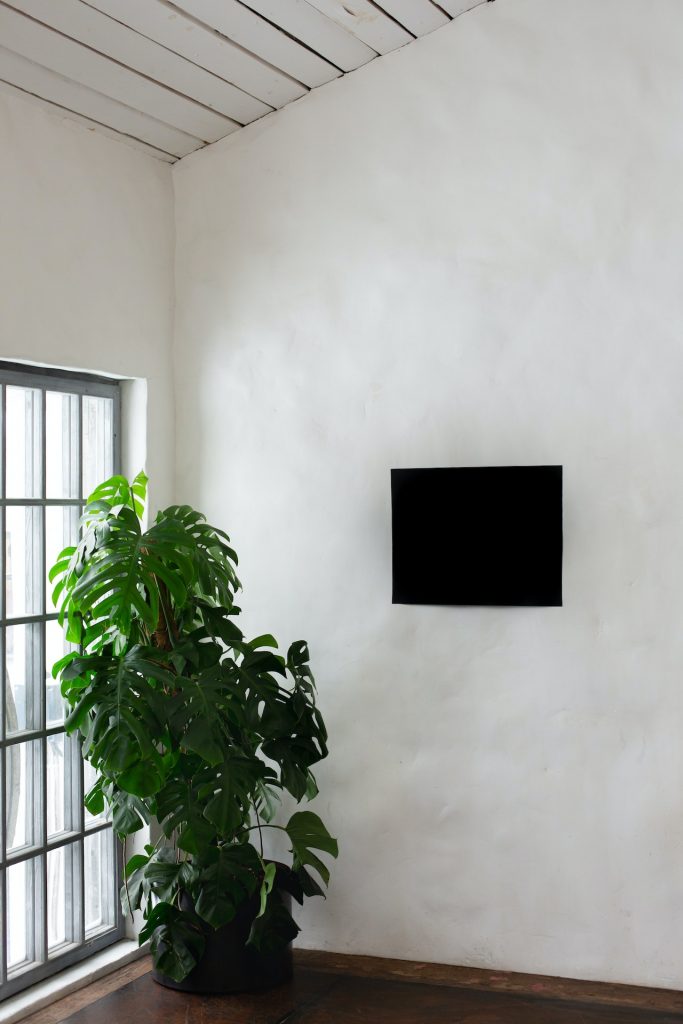
Biophilia is a hypothesis which suggests that humans possess an innate tendency to seek connections with nature and other forms of life.
Therefore, surrounding yourself with plants in your interior, preferably at a variety of heights and a mix of styles, can significantly reduce anxiety, improve mood whilst enhancing concentration and creativity output.
Landscape photos & artwork displayed in the home can also enhance positivity & vitality.
Access to nature…..
Finally, there is countless amounts of research to show that reconnecting with nature visually is extremely good for your wellbeing!
Be it outdoors on a balcony or garden, to simply be directly exposed to natural light or subsequently, to be indoors but around plants, trees and even aquariums (if you have no access to outdoor space).
These can all reduce stress and anxiety, restore concentration, provide a sense of vitality and generally make your day more pleasurable!
